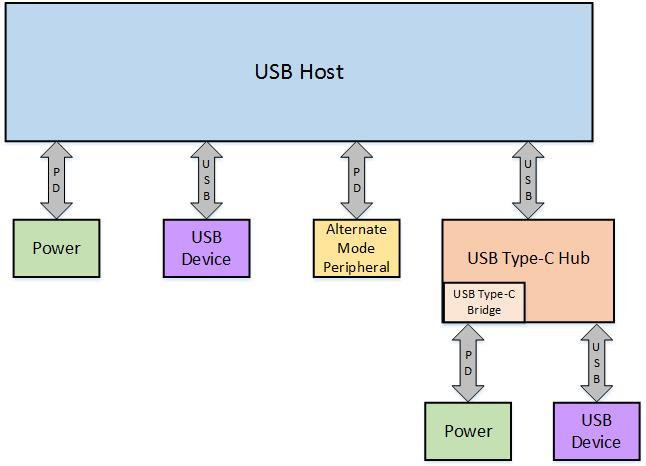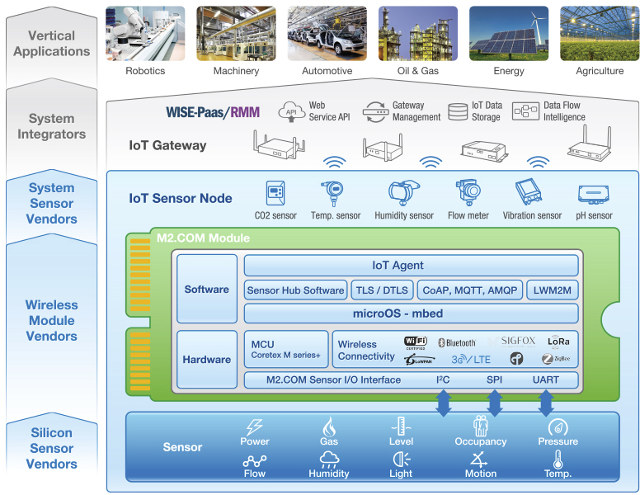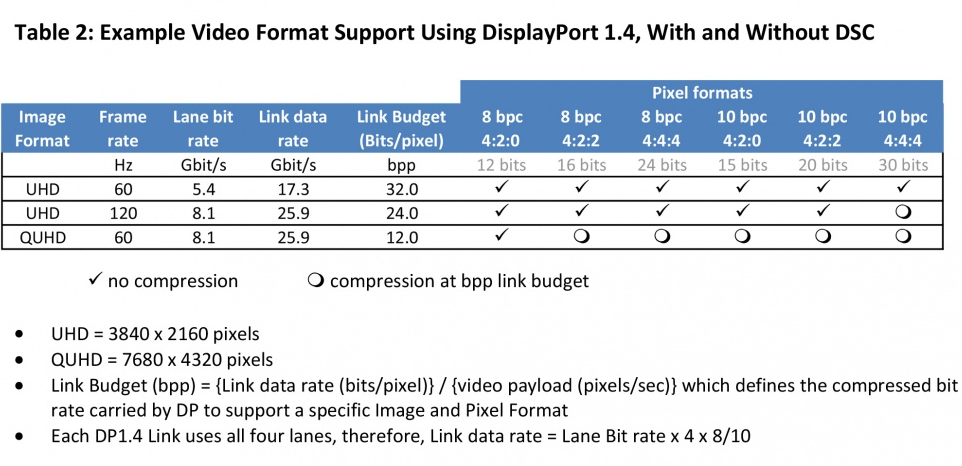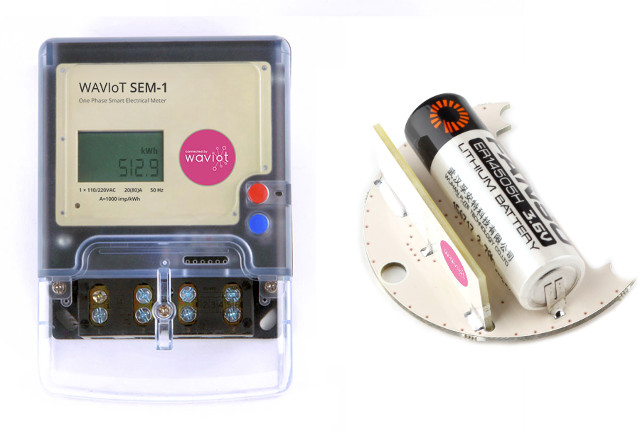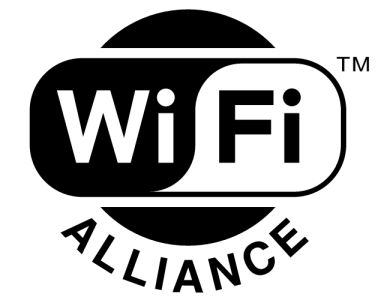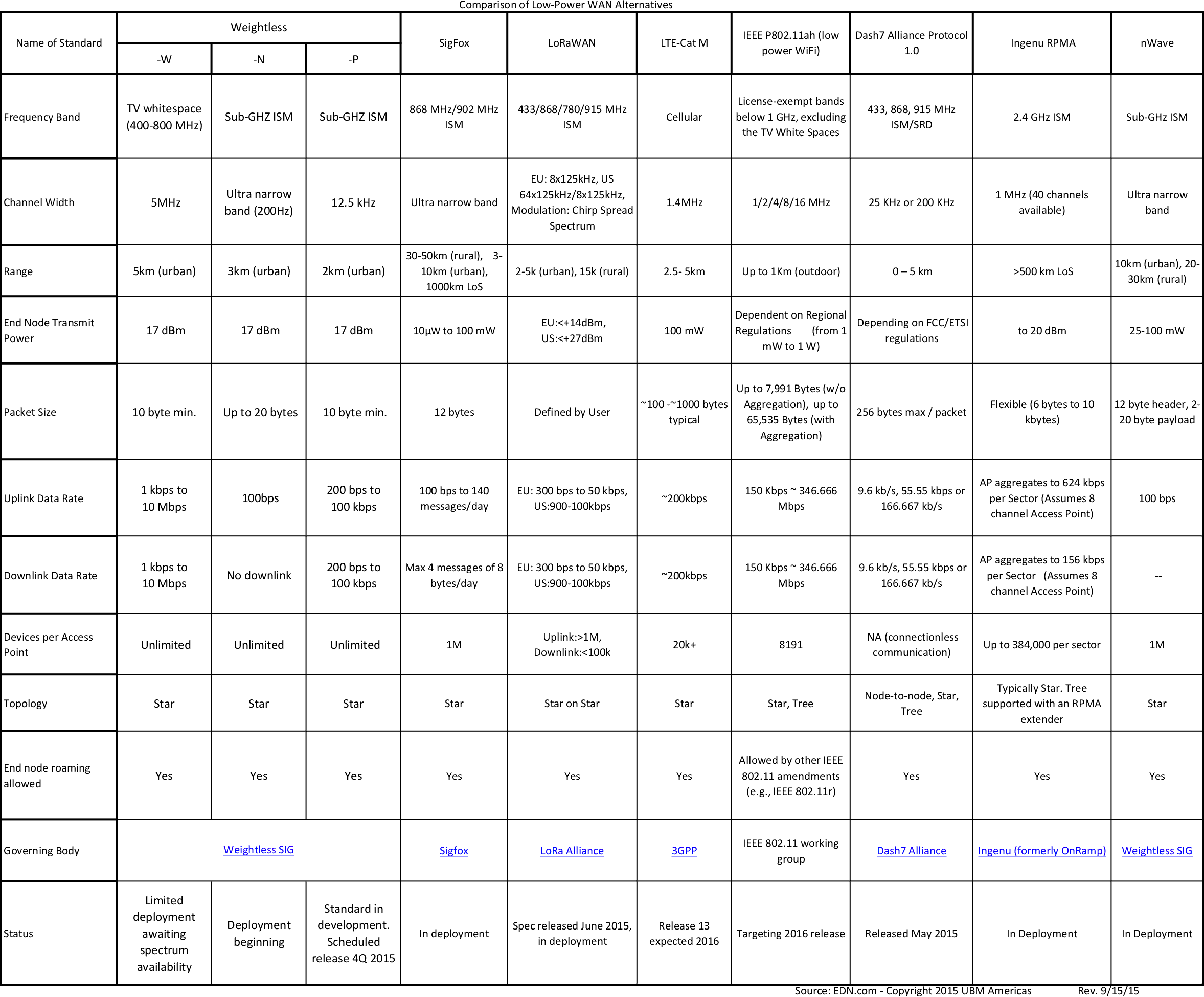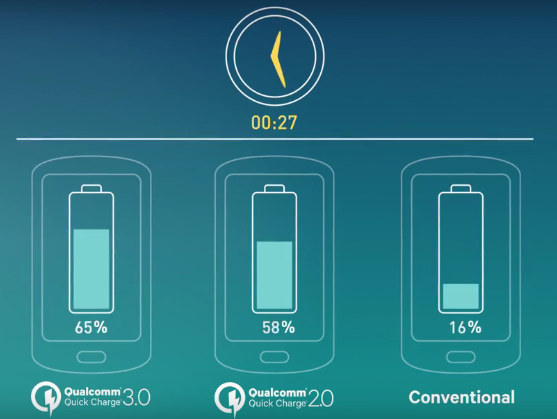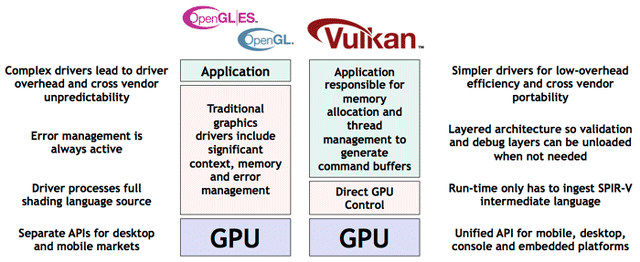The new USB Type-C standard is great, as cables are reversible so it does not matter if you connect them up or down, it can handle USB 3.1 data speed, as well as carrying video and up to 100W power thanks to USB-C power delivery. In theory all is great, but in practice, many USB-C cables are not compliant, and Benson Leung, a Google employee, has found that many USB-C cable sold on Amazon were not compliant, with even one damaging his Pixel 2 laptop and two USB PD analyzers. His reviews on Amazon, as well as customer complaints, probably lead the company to ban the sale of non-compliant cable or adapter, but to really mitigate the issue, a technical solution was needed, and that’s why the USB 3.0 Promoter Group has defined the Authentication Protocol for USB Type-C as part of the USB Power Delivery 3.0 specifications. Key […]
M2.COM is a Standard for IoT Sensors Based on M.2 Form Factor
The IoT ecosystem really feels like a jungle now, not because of a lack of standards, but because everybody thinks about doing their own, so we’ve ended up with a wide range of communication protocols, initiatives, and consortia, and it will take some time until the winners and losers are sorted out. One the of the latest standard is M2.COM platform form factor for sensors that “adopts the standardized M.2 form factor and is defined as an evolutionary module that combines general wireless connectivity with additional built-in computing ability powered by MCU”. M2.COM architecture diagram above describes both software and hardware requirements, but the specifications themselves only define the form factor, as well as mechanical and electrical characteristics: Consistent with M.2 standard Module size: 22 mm x 30 mm PCB thickness: 0.8 mm ± 10% Pin count: 75 pins Module input voltage: 3.3V DC-in Connector mating force: 30N Maximum Connector […]
DisplayPort 1.4 To Support 8K Displays over USB-C, 4K@120 Hz, 32 Audio Channels
Just as 4K UHD televisions are getting more affordable with prices ever closer to their Full HD equivalent, the Video Electronics Standards Association (VESA) has published DisplayPort 1.4 specifications with support for 8K QUHD (7680 x 4320) resolution, High Dynamic Range (HDR), video compression and more. Some of the key enhancements or new features of the new specifications include: Up to 8Kp60Hz HDR deep color and 4Kp120Hz HDR deep color Display Stream Compression (DSC) – DSC 1.2 natively supports YCbCr 4:2:0 and 4:2:2 coding, and offers nearly lossless 3:1 compression ratio Forward Error Correction – FEC, which overlays the DSC 1.2 transport, addresses the transport error resiliency needed for compressed video transport to external displays. HDR meta transport – HDR meta transport uses the “secondary data packet” transport inherent in the DisplayPort standard to provide support for the current CTA 861.3 standard, which is useful for DP to HDMI 2.0a protocol […]
WAVIoT LPWAN Technology Powers Low Cost Smart Water and Electricity Meters
With the rise of IoT and M2M applications, more and more Low Power Wide Area Network (LPWAN) standards have been launched or being worked on, such as Sigfox, LoRa, 802.11ah “Hallow”, Weightless, etc… with all promising long range, low power consumption, and support for a high number of nodes. WAVIoT, a US startup founded in 2011, has decided to create its own solution called WAVIoT Nb-Fi (Narrowband Fidelity) that works in ISM bands, offers up to 50km line-of-sight range, supports up to 2 million nodes by gateway, lasts over 20 years on a small battery, and with WAVIoT said to cost as low as $2 per node. The technology is already available in smart electricity and water meters, and modules as shown in the picture below. Here are some of WAVIoT Nb-Fi technical specifications: DBPSK on physical layer of signal transmission; End-nodes transmit radio signal in 10-500 kHz bandwidth Minimum […]
Wi-Fi HaLow is the Consumer Name for 802.11ah Low Power Long Range WiFi
For some reasons, people who decide to name things like to give one name for technical people, and another for consumers. A few years ago, I went to buy a 1080p TV, but at first the seller was confused when I asked, and then I talked about resolution, and when he asked “Full HD” or “HD Ready”? It was my turn to me confused. There are several other example such as Bluetooth Low Energy for geeks may be Bluetooth Smart for consumers, and now the Wi-Fi alliance has just announced that IoT devices and gateway featuring the latest 802.11ah standard will be designed as Wi-Fi HaLow devices. They have not come up with a Wi-Fi Halow logo yet… Nevertheless, apart from the name, nothing appears to have changed. HaLow/802.11ah is still the same Wi-FI standard operating at 900MHz targeting IoT applications with low power, long range (up to 1km), and […]
Comparison Table of Low Power WAN Standards for Industrial Applications
WiFi, Bluetooth and Zigbee are commonly found in consumer devices part of the “IoT ecosystem”, but the range, cost, power consumption, and/or scalability of these wireless standards are not suitable. For example, agricultural and forestry applications normally require long distance, and smart parking or city lighting may requires scalability to a great number of nodes, so alternatives are needed. EDN wrote a thorough article comparing 10 alternative wireless standards: Weightless-W, Weightless-N, Weightless-P, SigFox, LoRaWAN, LTE-Cat M, IEEE P802.11ah, Dash7, Ingenu RPMA, and nWave. The table includes the frequency band, channel width, range, transmit power, packet size (minimal or maximal), downlink and uplink data rates, maximum number of connected devices, topology, roaming capability, and status. If you had to implement something today, four to five solutions are “in deployment”: SigFox, Ingenu RPMA, nWave, LoRa, and possibly Dash7, while the other are only starting to get deployed, or will be finalized in […]
Qualcomm Quick Charge 3.0 Promises to Charge Phones About 3x Faster Than Conventional Devices
Qualcomm has recently announced the latest version of its Quick Charge technology that allows to charge supported smartphones much faster than typical smartphones using a 5V charger. The company claims that Quick Charge 3.0 enabled smartphones can typicallly charge from zero to 80 percent in about 35 minutes compared to almost 90 minutes with conventional devices. Quick Charge 3.0 adds support for Intelligent Negotiation for Optimum Voltage (INOV), a new algorithm developed by Qualcomm Technologies that allows mobile devices to request optimal power transfer (3.6V to 20V in 200mV increments), while maximizing efficiency, which – together with other improvements – increases power efficient by 38% compared to Quick Charge 2.0, and allows charging the device twice as fast as possible with Quick Charge 1.0. That means the voltage and amperage will change during charging between 3.6V to 20V by 200mV increments, instead of 5V, 9V, 12V, and 20V for QC […]
Google Plans Vulkan API Support for Android, Imagination Shows a Demo
Vulkan graphics API is the successors to OpenGL and OpenGL ES API, which will support multi-threaded rendering, move some of the complexity to the applications, and simplify graphics drivers, which may not be a bad things since these tend to be closed source, and bugs may be hard to get fixed. Google, which is now a subsidiary of a new company called Alphabet, has recently announced that Vulkan will be implemented in future versions of Android, although OpenGL ES will still be supported, so developers can select their preferred graphics API for their apps, as Vulkan will be more complex for application programmers than OpenGL ES. Separately, Imagination technologies showcased their Vulkan driver for PowerVR Rogue GPU on the Nexus Player powered by an Intel SoC including a PowerVR G6430 GPU, and compare the Vulkan demo to the same demo using OpenGL ES 3.0 drivers. The difference between Vulkan and OpenGL […]


